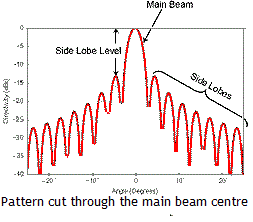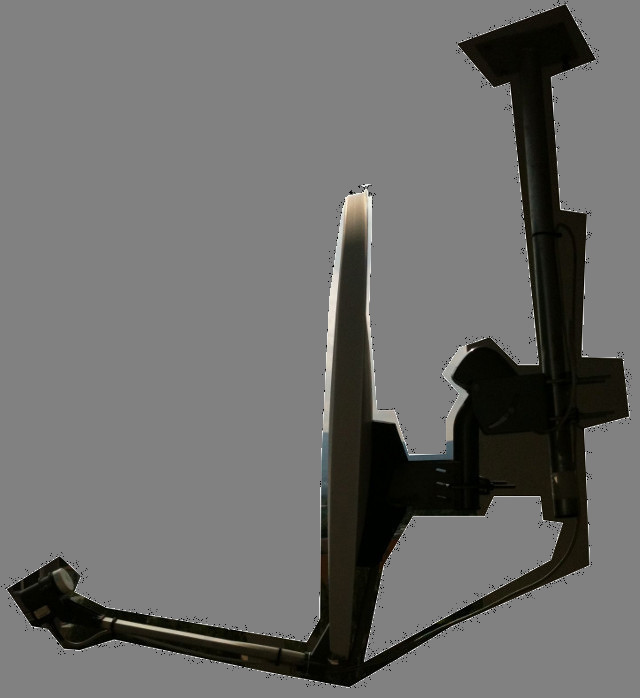Satellite Internet Forum.
Welcome, Guest. Forum rules.To search this site click here > SATSIG search
| Home Login Register |
| Satellite Internet forum › Dish pointing and alignment › Re: Receiver shows higher signal at edges of alignment |
|
Pages: 1
|
Re: Receiver shows higher signal at edges of alignment(Read 1298 times) |
|
Admin1
YaBB Admin
★★★★★ Offline Posts: 1254 |
Jun 12th, 2013 at 5:02pm
|
| Back to top |
« Last Edit: Jun 9th, 2020 at 10:06am by Admin1 »
IP Logged
|
|
Phineas Gage
Member
★★ Offline Posts: 6 |
Reply #1 - Jun 14th, 2013 at 9:22am
|
| Back to top |
« Last Edit: Jun 9th, 2020 at 10:07am by Admin1 »
IP Logged
|
|
Admin1
YaBB Admin
★★★★★ Offline Posts: 1254 |
Reply #2 - Jun 14th, 2013 at 9:42am
|
| Back to top |
« Last Edit: Jun 9th, 2020 at 10:07am by Admin1 »
IP Logged
|
|
Eric Johnston
Senior Member
★★★ Offline Posts: 2109 |
Reply #3 - Jun 14th, 2013 at 1:27pm
|
| Back to top |
« Last Edit: Jun 9th, 2020 at 10:07am by Admin1 »
IP Logged
|
|
Phineas Gage
Member
★★ Offline Posts: 6 |
Reply #4 - Jun 14th, 2013 at 1:27pm
|
| Back to top |
« Last Edit: Jun 9th, 2020 at 10:09am by Admin1 »
IP Logged
|
|
Phineas Gage
Member
★★ Offline Posts: 6 |
Reply #5 - Jun 14th, 2013 at 1:44pm
|
| Back to top |
« Last Edit: Jun 9th, 2020 at 10:09am by Admin1 »
IP Logged
|
|
Eric Johnston
Senior Member
★★★ Offline Posts: 2109 |
Reply #6 - Jun 14th, 2013 at 2:14pm
|
| Back to top |
« Last Edit: Jun 9th, 2020 at 10:10am by Admin1 »
IP Logged
|
|
Admin1
YaBB Admin
★★★★★ Offline Posts: 1254 |
Reply #7 - Jun 14th, 2013 at 2:47pm
|
| Back to top |
IP Logged
|
|
Phineas Gage
Member
★★ Offline Posts: 6 |
Reply #8 - Jun 14th, 2013 at 3:30pm
|
| Back to top |
« Last Edit: Jun 9th, 2020 at 10:12am by Admin1 »
IP Logged
|
|
Phineas Gage
Member
★★ Offline Posts: 6 |
Reply #9 - Jun 18th, 2013 at 1:56pm
|
| Back to top |
IP Logged
|
|
stealth
Member
★★ Offline Posts: 4 |
Reply #10 - Mar 5th, 2017 at 8:52pm
|
| Back to top |
IP Logged
|
|
Pages: 1
|
Email me: eric@satsig.net
Powered by YaBB 2.5.2!
YaBB Forum Software © 2000-. All Rights Reserved.
Disclaimer, Terms of Use and Privacy Forum User Agreement Forum rules Cookie policy.







